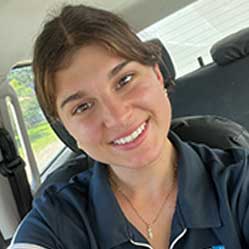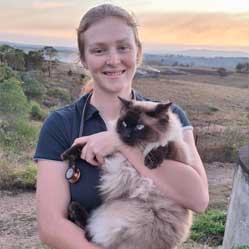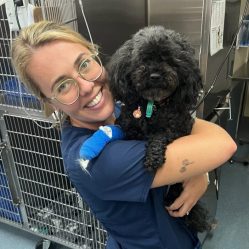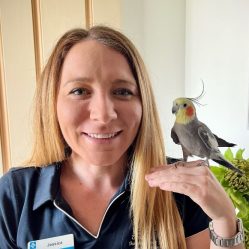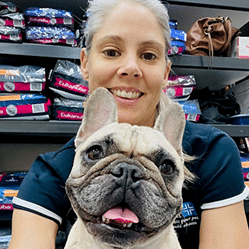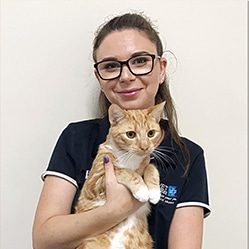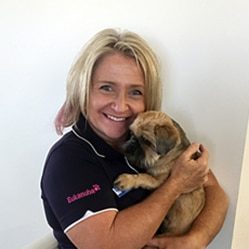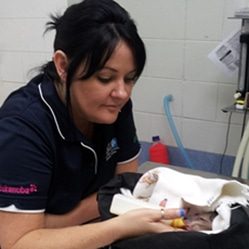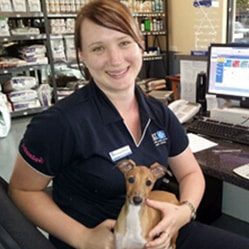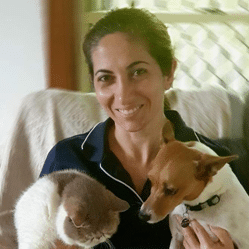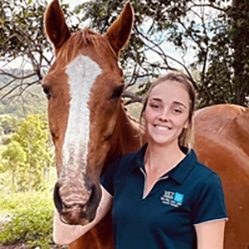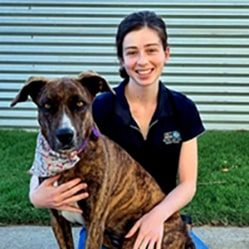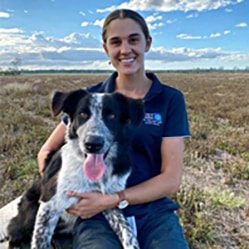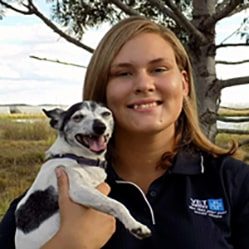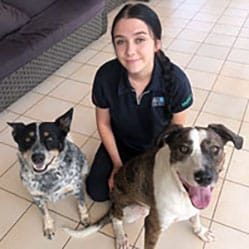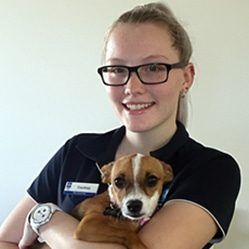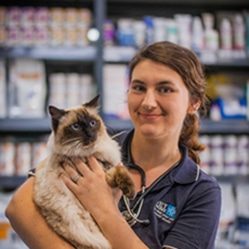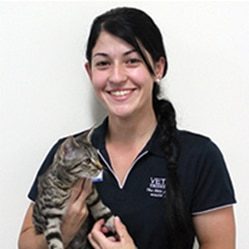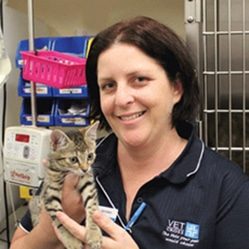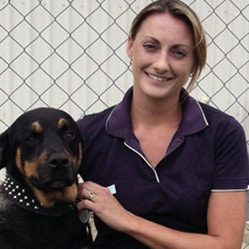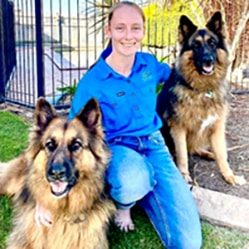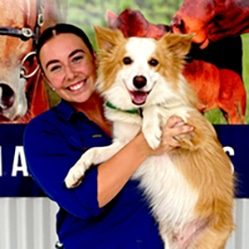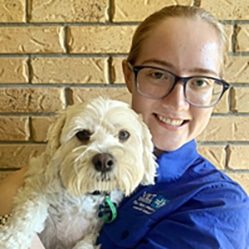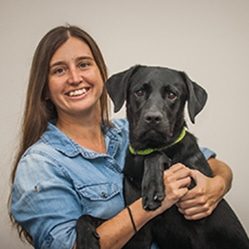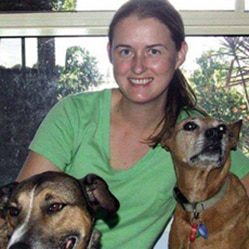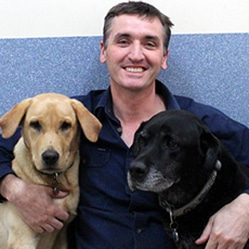Toilet training your new puppy
When you think about it, it’s amazing that any pet learns house training manners at all. When your pet’s bowels say ‘Now!’, your pet has to put into motion several complex thought patterns; where to go, how to get there, and how to let its owner know if it needs to go outside. What if there is a high flight of steps, if the weather conditions make the garden an unattractive option, or if it has a stomach upset that causes diarrhoea?
There can be many barriers making it difficult for a pup to develop the correct habits and which may thus persuade the pet to take the easy route and deposit nature’s call in the house. The ‘Wee Time’ Program if you are a parent, how long did it take you to toilet-train your children? It probably took months before the nappies were hung out to dry for the last time. Most dogs and cats can be toilet-trained as pups or kittens in a week or two. That just goes to show how clever they really are! The program to use is called ‘Wee Time’. Try it and you will find your pup is housetrained in no time.
Step One: Select a toilet spot in the garden
Rather than allow the pet to soil anywhere, it makes it easier for the pet and you if they have a particular toilet spot. Select a toilet spot and clearly demarcate the area by surrounding it with rope or string or with a simple timber barrier for a short while. If the pet defecates inside the house, collect the droppings and place them in the toilet area to decay for a day or two. Hose the droppings into the soil. The smell will give the pup the message that this area is the toilet.
Step Two: Predicting the need
It will help if you can predict when your puppy is likely to want to go outside. The alarm bells should ring when the pup gets that ‘I wanna go now!’ expression on its face. You should also take it for a wee walk when it hasn’t been to the toilet for an hour or two or after a nap. It is at these times that its bowel or bladder are likely to be full. Another alarm time is when it has just eaten or had a drink. It will want to go to the toilet within 15 minutes of eating. A regular feeding schedule will help greatly to make the bowel action more routine. If your pup is from six to eight weeks of age, you will probably be feeding it three to four times daily. This means that there is a minimum of three to four times when toileting is likely to be predictable and this in turn makes the training much easier.
Step Three: Catch and reward the desired behaviour
At the above times, take your pup for a walk to the toilet spot and attempt to ‘catch and reward’ the toileting behaviour. You may need to take the pup to the toilet spot every two hours for a day or two so it gets the message. Issue a command such as “Do Wee†in a light encouraging voice. Eventually your words will match up with the pup’s toileting and you should immediately and enthusiastically praise this wonderful event! Repeat this as often as possible and you will find your pup will soon get the message. Try setting the alarm on your microwave to beep every hour to remind you to take the pup to the garden. This will help you to catch and reward the desired behaviour.
Step Four: Disciplining house-soiling
It is never correct to punish a pup for soiling. Forget smacking or yelling at the pup and never rub the pup’s nose in its mistakes. While that may make you feel better, it has no training value at all. If a mistake occurs, quietly clean it up and continue with the program above. Be patient with your pup. It still has lots to learn and but your gentle guidance will get it there.









